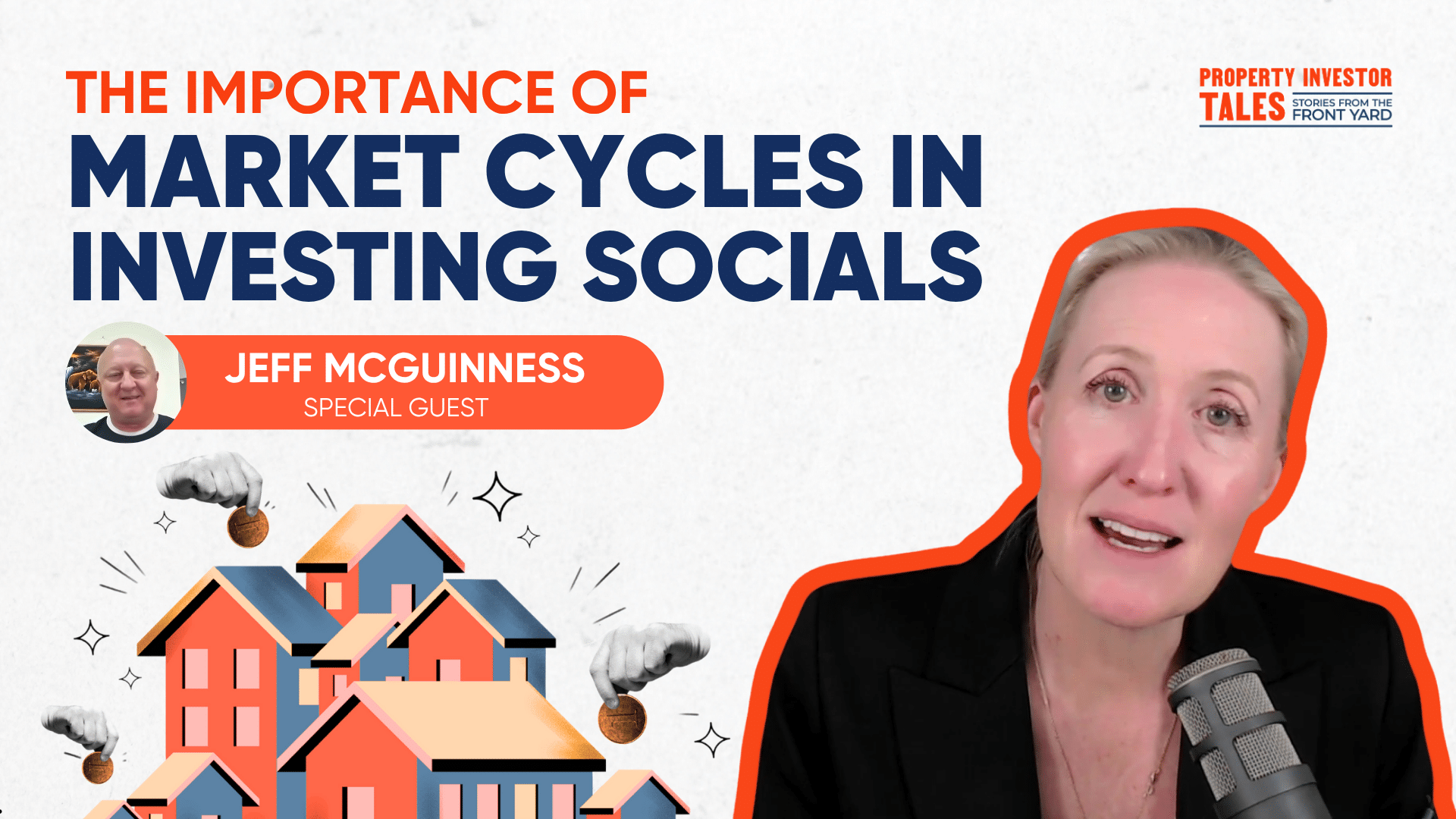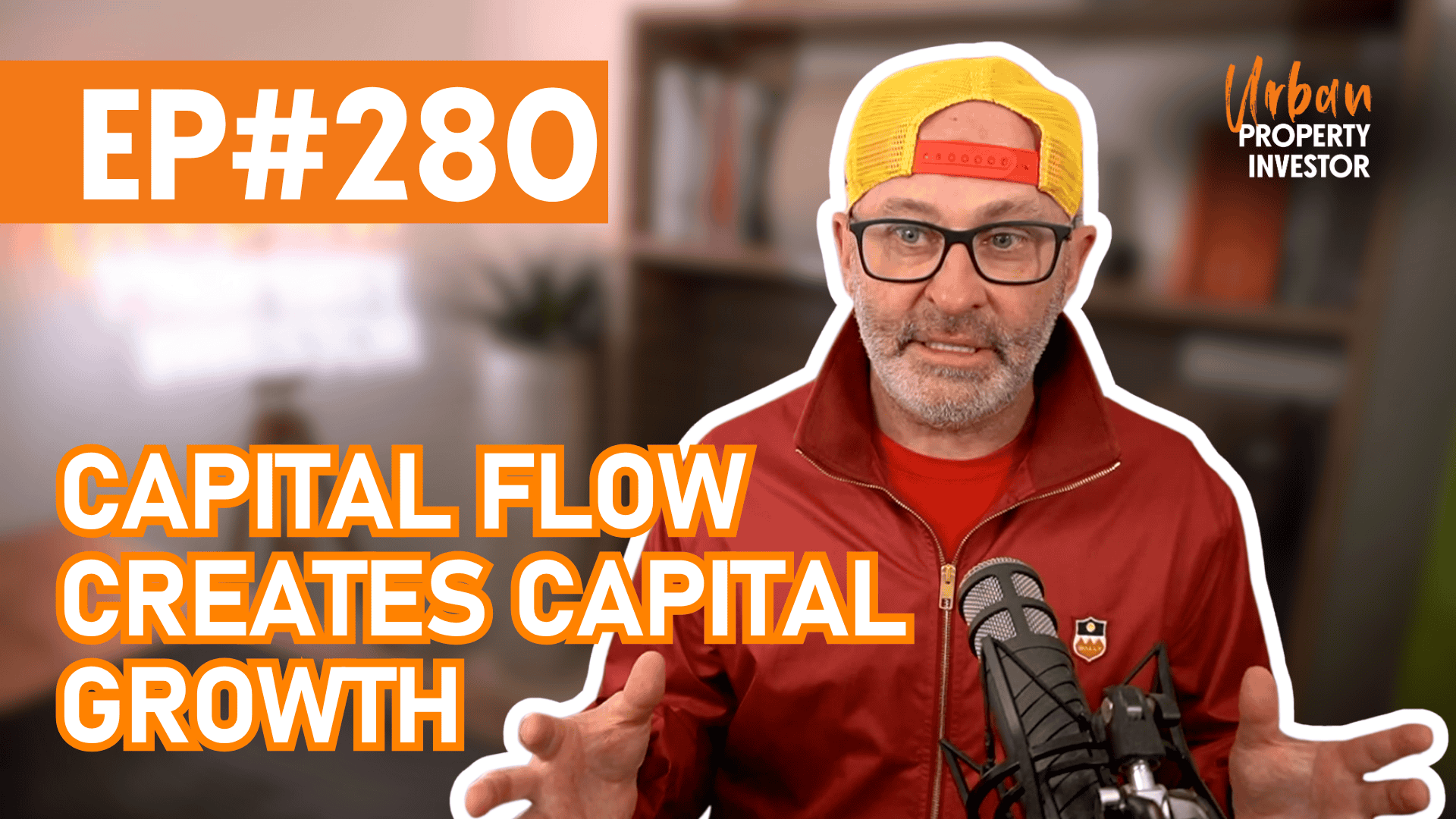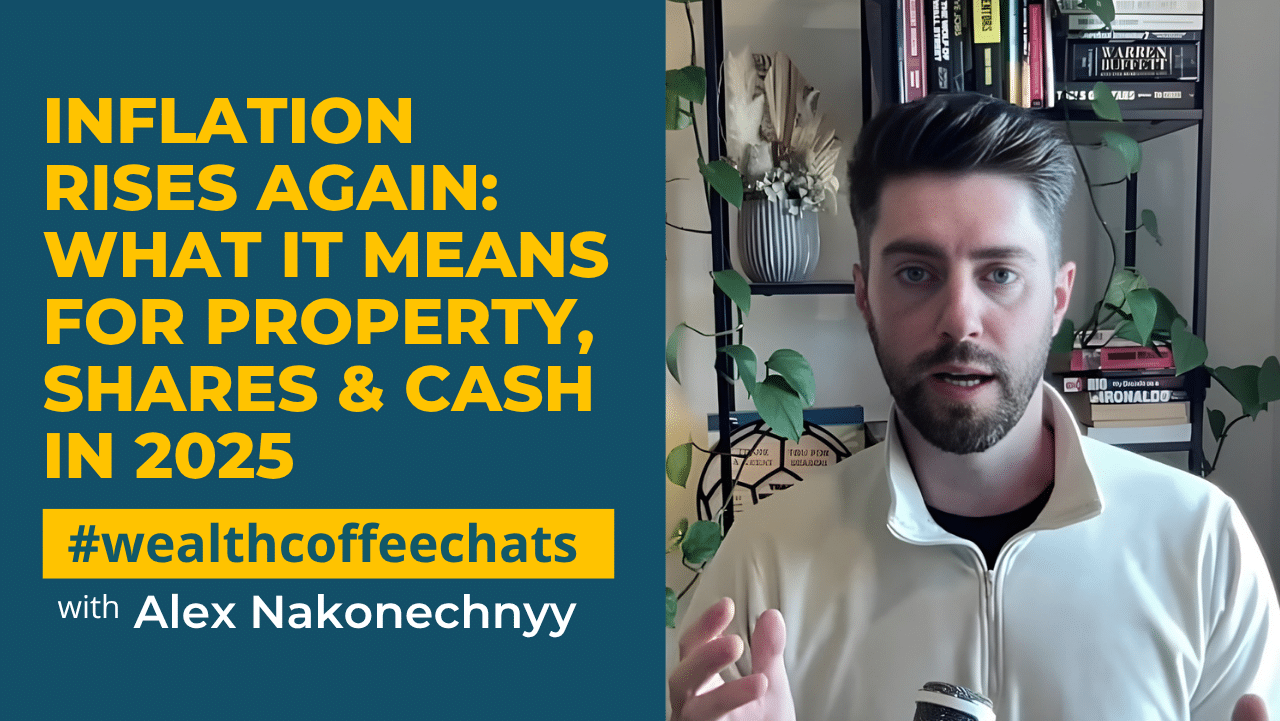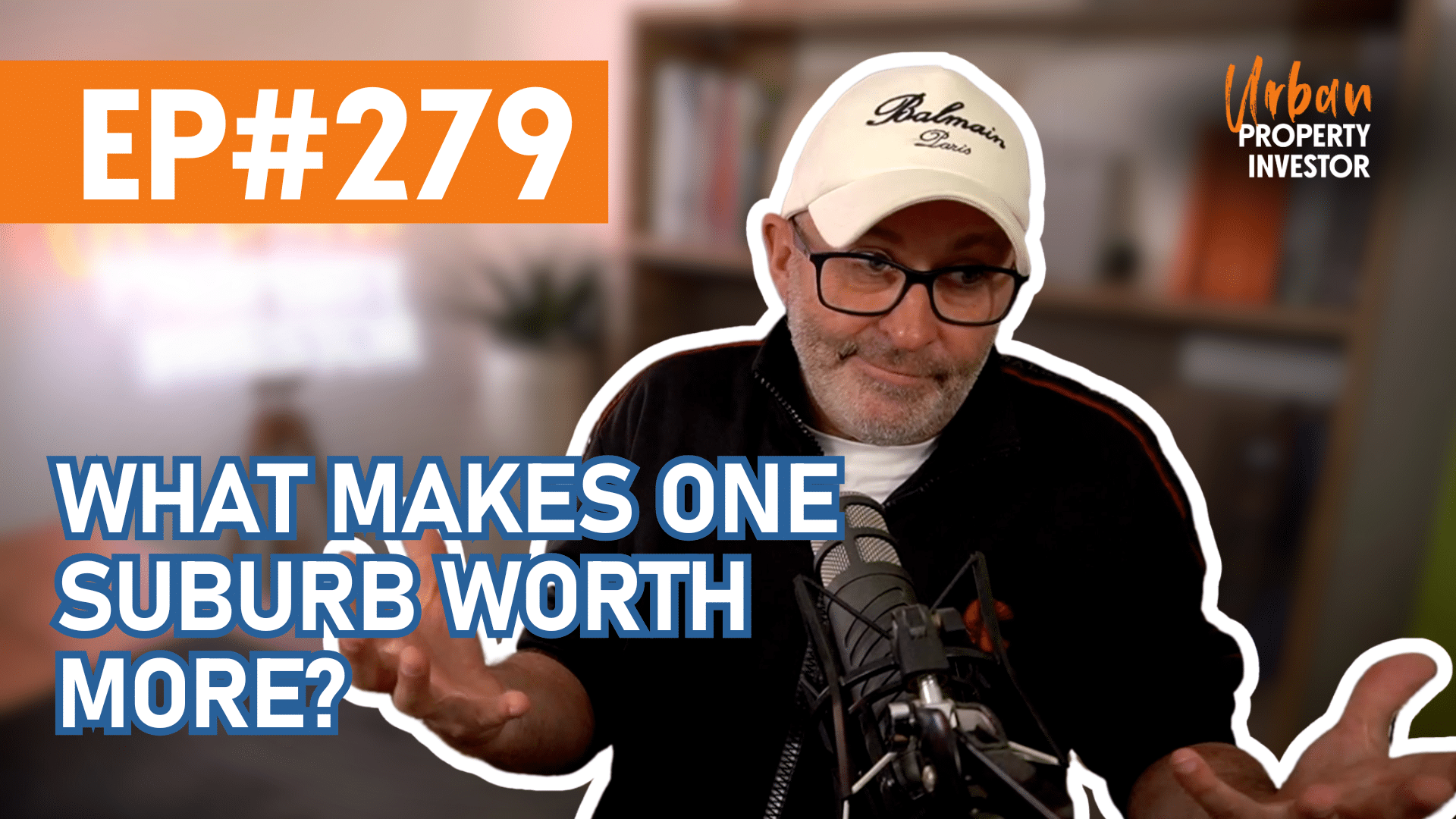
An Investor’s Guide to Multi-Income Properties
When it comes to building a booming property portfolio, diversity is key! This means purchasing a number of different types of properties in a range of locations to maximise your opportunity in the marketplace. When employing this strategy, many investors stick with houses and apartments, but multi-income properties can be a cash-flow accelerator…that is, IF you know what you’re doing.
But first, what is a multi-income property?
Essentially, it’s one building that gives you more than one rental income. Now while extra money in your back pocket does sound great, this style of investment doesn’t come without pros and cons.
TYPES OF MULTI-INCOME PROPERTIES
There are four primary multi-income types that Australian investors can buy at the moment. They are:
- Dual income property
- Duplex
- Rooming/boarding house
- NDIS housing
Each type of multi-income property comes with its own set of challenges for an investor, and it’s not always the type of property you’ll want to start your investment journey with.
Most multi-income properties involve some level of “hands-on” time and need more attention than a single-income investment.
But, once your investment journey is underway and your cash flow is positive, a multi-income property could be a way to fast-track your portfolio and give your income stream a boost. Let’s explore each type.
DUAL INCOME PROPERTY
One title, two incomes. From the road these properties look like one home, but they are actually split, resulting in a 1-2% increase in potential rental yield.
One part of the property is usually smaller – think a one bed apartment or granny flat vs a larger 3-4 bedroom home.
The only real challenge with this kind of multi-income property is finding a property manager who understands how it works and will take care of both properties for you in the right way. This is because dual incomes aren’t as common as single-income properties, however once you find a professional who has experience in this area, you’ll be away.
DUPLEX
Two titles, two incomes. This property is very obviously split. Commonly sharing a wall or part of the building, duplexes are two properties that happen to be joined.
Different from a dual income property, you can sell one half of a duplex, whereas dual income properties you have to sell as a whole. This obviously gives you flexibility and the potential for greater capital growth and gain over time.
One of the downsides to duplexes are the rates that some councils charge for this kind of property, so make sure you know what you’re getting into from the get-go.
ROOMING OR BOARDING HOUSES
Buy a big house, split the rooms into separate units, and rent them out.
While the potential to increase rent yield is significant, the myriad of issues with this kind of property make it a no-go for most investors.
Banks and lenders don’t like them. Insurers don’t like them. Even the Fire Brigade doesn’t like them.
Unless you’re very experienced running this kind of property and want a very active investment role, steer clear.
NDIS HOUSING
The National Disability Insurance Scheme is a state and federal managed system that assists people with a disability, and their family and carers.
Specialist Disability Accommodation (SDA) is quality housing that is built specifically for people with disability and caters to their set of needs.
SDA is usually slightly more expensive to build and equip than standard housing and includes things like wide doorways, ramps, and support systems in bathrooms, kitchens and bedrooms.
Investors can benefit, not only from the multi-income yield across rent and subsidy payments, but also knowing they are assisting those who need specialised housing.
Read more about NDIS options for investors here and here.
DEVELOPING YOUR INVESTOR STRATEGY
If you’re thinking about investing in a multi-income property, get some expert advice from the coaches and mentors at Positive Real Estate who have decades of combined experience in all kinds of investments.
Better yet, sign up for one of our free information and education events, where you’ll be equipped with the tools, resources and support to thrive, and not fall behind on your path to financial freedom – whatever that may look like for you.
Learn more about how you can take advantage of the current property market today.
Click here to like us on Facebook and see more updates like this.
Hey there, do you enjoy the Positive Real Estate Blog? If you did, why don’t you book into a Property Information Night in your area and get more information from our team. You can do so here.

Australia’s Next Growth Market Revealed
In this episode, Sam breaks down the major trends shaping property today from shifting generational values and shrinking housing stock to longer ownership cycles and the rise of second-tier marketplaces.
Young Investors Breaking into the Property Market
What’s really happening in the Melbourne property market? In this episode, Tabitha Bright and Riley McNee break down market fundamentals, land tax implications, and why smart investors are playing the long game.
APRA, DTI & the Borrowing Wall
In this episode, Sam breaks down the major trends shaping property today from shifting generational values and shrinking housing stock to longer ownership cycles and the rise of second-tier marketplaces.
Trends Shaping Property Today
In this episode, Sam breaks down the major trends shaping property today from shifting generational values and shrinking housing stock to longer ownership cycles and the rise of second-tier marketplaces.
Capital Flow Creates Capital Growth
In this episode, Anthony breaks down the lesser-known CGT rules around the six-year exemption, estate planning, and how timing property sales can save families thousands in tax.
RBA Rate Hold & Inflation Outlook: What Investors Must Know
In this episode of Wealth Coffee Chat, Sam Saggers from Positive Real Estate discusses the current state of the real estate market, focusing on the property cycle, economic indicators, and the dynamics of belief versus value in property investment. Sam walks us through the importance of understanding employment rates, inflation, and supply issues in the housing market, while also exploring future trends and potential price increases in real estate. How much do you know about the property cycle? Let’s Wealth Coffee Chat!
What Makes One Suburb Worth More?
In Episode 264 of The Urban Property Investor, we break down the buy-new vs. renovate debate. Backed by Tobin’s Q and property lifecycle theory, learn how investors can make smarter choices and build a portfolio with purpose.
When To Retire
In Episode 264 of The Urban Property Investor, we break down the buy-new vs. renovate debate. Backed by Tobin’s Q and property lifecycle theory, learn how investors can make smarter choices and build a portfolio with purpose.
Capital Gains Tax Trick Most Investors Miss
In this episode of Wealth Coffee Chat, Sam Saggers from Positive Real Estate discusses the current state of the real estate market, focusing on the property cycle, economic indicators, and the dynamics of belief versus value in property investment. Sam walks us through the importance of understanding employment rates, inflation, and supply issues in the housing market, while also exploring future trends and potential price increases in real estate. How much do you know about the property cycle? Let’s Wealth Coffee Chat!
The Importance of Market Cycles in Investing with Geoff McGuinness
What’s really happening in the Melbourne property market? In this episode, Tabitha Bright and Riley McNee break down market fundamentals, land tax implications, and why smart investors are playing the long game.












